Where Blackwater Wilderness Beckons: Step Into the Mystique of Banks Lake National Wildlife Refuge
Imagine gliding across a shallow blackwater lake, mossy cypress trees silently mirrored on glassy waters, as dragonflies dart and ospreys call from above. If you haven’t explored Banks Lake National Wildlife Refuge, you’re missing out on an ecosystem that feels both timeless and alive—a secret pocket of Georgia where nature still commands center stage. Water lilies ring the shoreline, summer heat shimmers on the marshes, and wildlife abounds in a world shaped over millennia by ancient tides.
The allure of protected habitats like Banks Lake goes well beyond picture-perfect sunsets and tranquil fishing holes. In today’s rapidly changing world, these refuges shelter not only rare animals and plants but help safeguard clean water, healthy landscapes, and cherished outdoor escapes for every generation. With opportunities for paddling, fishing, birdwatching, and quiet reflection, Banks Lake offers a living classroom and sanctuary. Understanding what makes this refuge unique isn’t just a matter of curiosity—it’s vital for anyone who cares about Georgia’s wild treasures, ecological balance, and our shared responsibility to protect them.
Nature’s Masterpiece Explained: The Power and Purpose of Banks Lake’s Preservation
Banks Lake National Wildlife Refuge isn’t your ordinary patch of wild. Spanning more than 4,000 acres near Lakeland, Georgia, this rare blackwater lake system is a natural “Pocosin” or mill pond—thought to have formed thousands of years ago, sculpted by ocean tides and shaped by a temperate southern climate. Its landscape, studded with ancient cypress and rimmed by marshes, creates an intricate web of habitats. Each element, from shimmering spider webs on foggy mornings to the seasonal melodies of songbirds, plays a crucial role in the region’s biodiversity.
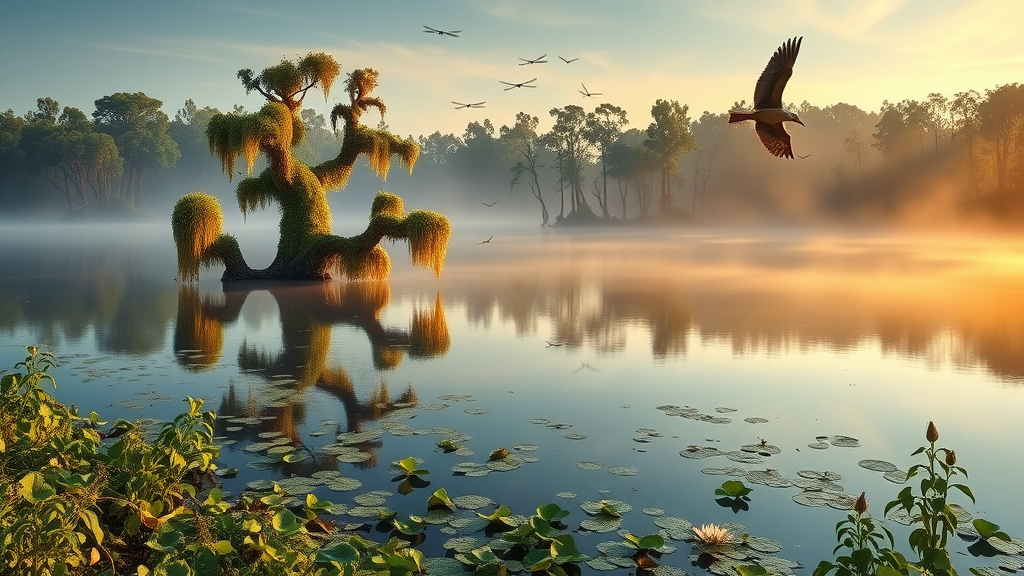
The refuge’s primary mission centers on wildlife conservation—a core value of the National Wildlife Refuge System, administered by the U.S. Fish and Wildlife Service. Every acre is managed to ensure the survival of both resident and migratory species. Cypress limbs cradle eagle nests, lily pads shelter emerging amphibians, and every moss-draped tree tells a story of natural resilience. Yet, many visitors underestimate the impact of such stewardship. Without careful protection, unique environments like Banks Lake could be lost to invasive species, habitat degradation, or unchecked development. When these wild intersections are lost, so too are the lessons, beauty, and balance they provide.
How Banks Lake National Wildlife Refuge Enhances Lives, Learning, and Local Ecology
As a vital contributor to Georgia's landscape, Banks Lake National Wildlife Refuge demonstrates the real-world impact of thoughtful conservation. By protecting rare wetlands and uplands, the refuge supports the health of native species and offers a sanctuary where people can reconnect with nature. Whether it’s a family paddling out at sunrise, anglers chasing trophy bass, or students observing dragonfly nymphs as they transform on cypress bark, the opportunities for hands-on discovery are endless. Such experiences are more than recreation—they foster ecological literacy and lifelong stewardship.
The refuge operates with best practices in land and water management, ensuring biodiversity flourishes. These efforts yield tangible benefits beyond the lake’s borders. Healthy wetlands filter water, support flood control, and provide critical breeding spaces for birds, amphibians, and fish. Notably, Banks Lake’s status as a national wildlife refuge ensures its future for both people and wildlife, aligning conservation with public enjoyment. This approach highlights how well-managed, accessible wild places improve well-being, strengthen communities, and preserve unique landscapes for generations to come.
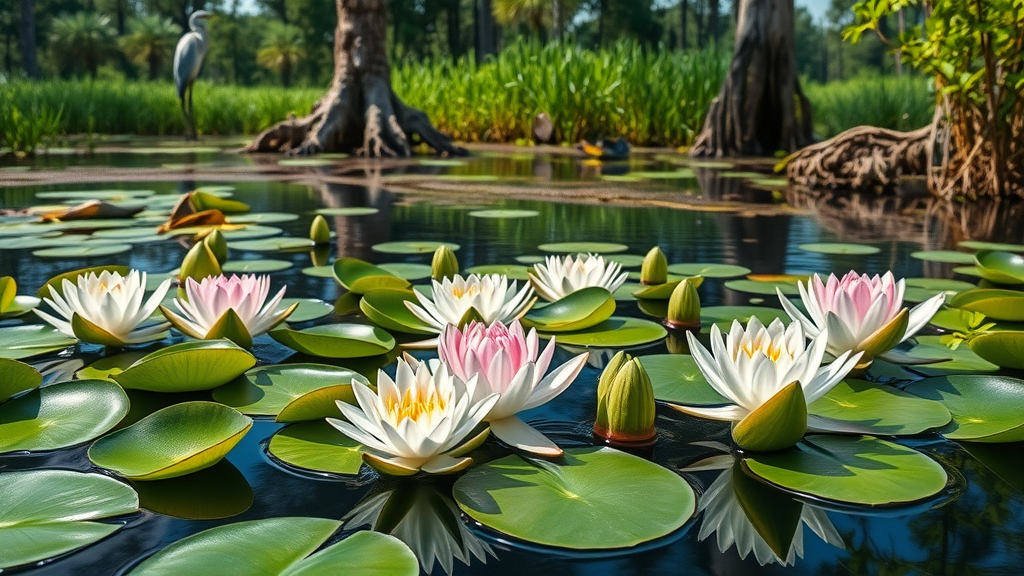
From Ancient Origins to Today: The Geological Story Hidden Beneath Banks Lake
Delving into the history of Banks Lake reveals an ancient origin story. This unique water body is more than a modern refuge—it is a relic of shifting coastal tides and prehistoric environments. Scientists believe that the area’s distinctive “Pocosin” or mill pond landscape was sculpted by the ocean’s influence thousands of years ago, creating a blend of wetlands, open water, and uplands that host a remarkable array of life. Over time, natural processes and climatic shifts evolved the habitat into today’s mosaic of cypress woods, marsh, and open lake.
Such a rich geological history has made Banks Lake a haven for species and ecological processes that may be rare or threatened elsewhere. Understanding the lake’s ancient formation deepens appreciation for its present-day features—the tangled roots supporting cypress knees, the endless interplay between land and water, and the dependability of seasonal rhythms. Recognizing this deep timeline encourages visitors to see the refuge not just as a recreational site, but as a living record of the region’s environmental legacy.
Navigating the Seasonal Tapestry: What Each Visit to Banks Lake Offers
One of the most captivating elements of Banks Lake National Wildlife Refuge is how the landscape transforms with the seasons. Spring brings nesting ospreys and the glitter of dragonfly hatches, while summer evenings fill the air with frogsong and the scent of blooming water lilies. Autumn presents shifting light, with cypress turning russet and migratory birds passing through. In the quiet chill of winter, fog and dew offer a tranquil stillness rarely found elsewhere.
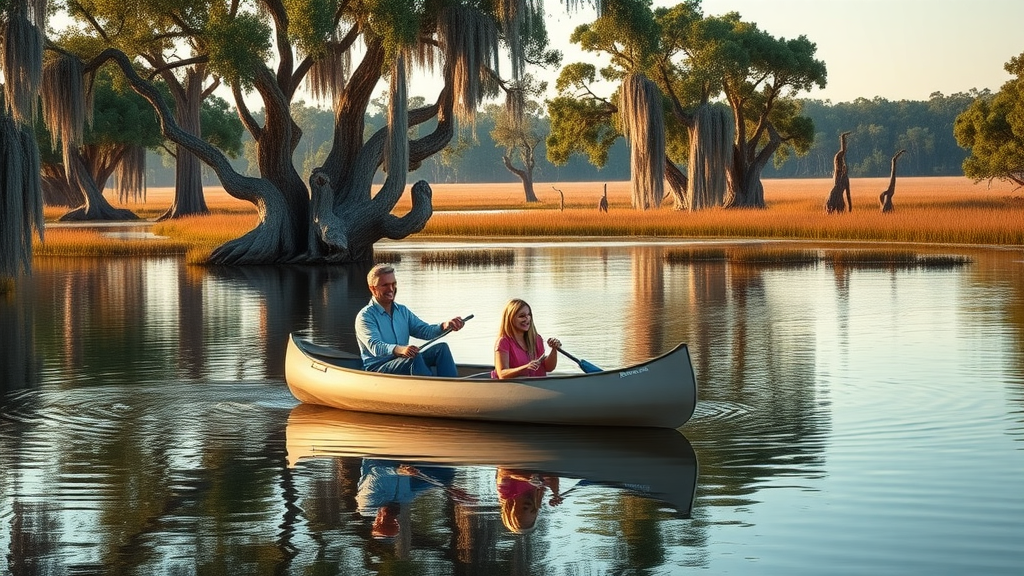
Each visit offers something distinctive: birdwatchers can spot everything from songbirds to stately herons, while anglers might haul in bass or bream from prime fishing holes. Photographers and families alike marvel at sunsets reflected on blackwater, while children learn vital lessons about interconnected habitats. This seasonal diversity isn’t just visually stunning—it’s a reminder of why places like Banks Lake deserve both our admiration and protection. Regardless of the reason for visiting, the refuge’s ever-changing tapestry ensures that no two experiences are exactly alike.
Wildlife Encounters and Conservation Education: Why Banks Lake Inspires and Informs
Experiencing Banks Lake National Wildlife Refuge means observing wildlife conservation in action. The refuge not only preserves critical habitats but also serves as an open-air classroom for anyone seeking to understand the complexities of ecology and stewardship. Nature enthusiasts may witness dragonfly nymphs climbing tree trunks, watch ospreys soaring above, or spot reptile and amphibian life beneath lily pads. These close encounters inspire curiosity and highlight the importance of habitat diversity for sustaining healthy populations.
Through activities like fishing, canoeing, or quiet exploration, visitors gain insight into the delicate balance that sustains these ecosystems. The refuge’s commitment to protecting both migratory and resident species ensures that educational and recreational benefits extend to all. For families, students, and outdoor lovers, these experiences not only entertain but also empower them to become advocates for wildlife conservation wherever they go.
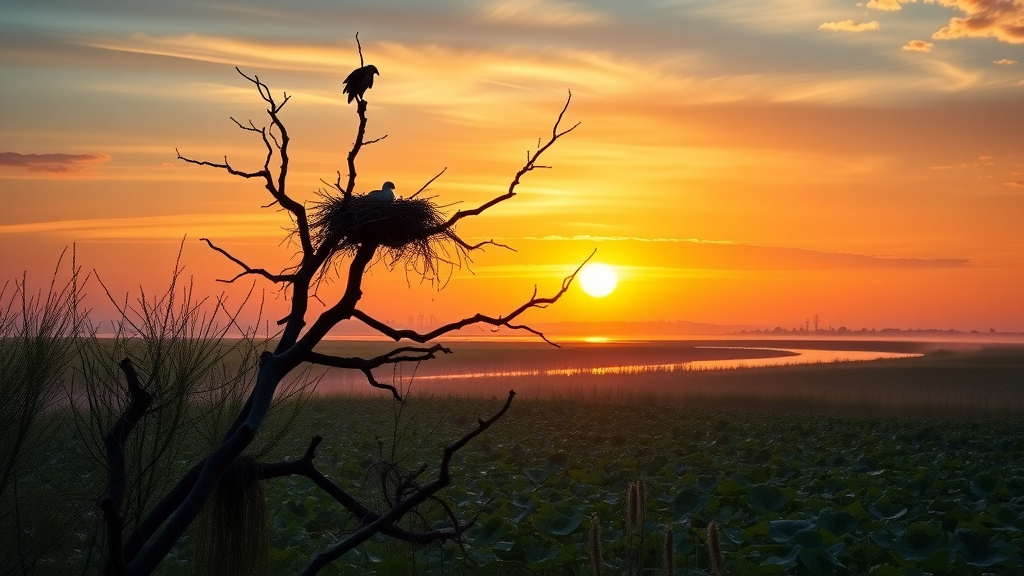
Stewardship on Display: Banks Lake National Wildlife Refuge’s Enduring Commitment to Conservation
Banks Lake National Wildlife Refuge embodies a philosophy rooted in proactive stewardship and long-term ecological health. As part of the U.S. Fish & Wildlife Service’s network, the refuge champions science-based management of its precious habitats—from marshy wetlands to towering cypress groves. Every management decision aims at restoring, maintaining, and enhancing the conditions necessary for the survival of native wildlife and the overall ecosystem.
The approach here is holistic: not only are species protected, but their habitats are carefully monitored and maintained to adapt to environmental changes. This ongoing commitment is powered by conservation best practices, ensuring that recreational activities align with the fundamental mission of preservation. By prioritizing diversity, using land responsibly, and welcoming the public into its scenic embrace, Banks Lake National Wildlife Refuge exemplifies how protected lands can thrive for both people and nature. Its dedication secures an enduring legacy where education, inspiration, and ecological balance are always at the forefront.
Memorable Moments on the Water: One Visitor’s Affirmation of Banks Lake’s Magic
The true value of Banks Lake National Wildlife Refuge comes alive through the stories and impressions of those who experience it firsthand. For many, a day at Banks Lake is more than an outing—it’s an opportunity to make cherished memories, whether savoring the tranquility of a sunrise paddle or sharing a picnic on the pier.
Absolutely gorgeous place to relax at or if you want to go fishing ten they have that too. You can rent a canoe for half a day or a full day and there is a shop there that I believe carries bait. My kids love getting breakfast and sitting at the table on the pier and its absolutely free to do. I recommend this place for one person or a group outing. The trail is closed currently due to a tree failing down, but it will be back up and walkable soon.
This reflection highlights how Banks Lake National Wildlife Refuge effortlessly weaves together relaxation, adventure, and learning. Visitors leave with lasting impressions, a deeper understanding of natural beauty, and a sense of belonging to Georgia’s great outdoors. Such stories are testaments to the power of wild places to lift spirits, spark curiosity, and inspire ongoing stewardship.
Why Banks Lake National Wildlife Refuge Should Be on Every Nature Lover’s List
Banks Lake National Wildlife Refuge is more than a scenic destination—it is a showcase of how conservation, recreation, and community connection shape the best of Georgia’s natural legacy. The refuge’s dynamic landscape, thriving wildlife, and deep ecological roots not only provide sanctuary for countless species but also offer inspiration and learning for all who visit. With the quiet guardianship of the U.S. Fish & Wildlife Service, Banks Lake continues to be a beacon for naturalists, families, and future generations seeking genuine connection to the wild.
Each trip to Banks Lake National Wildlife Refuge unlocks new wonders, whether that means watching lone ospreys nest, studying dragonflies at the water’s edge, or simply embracing the peace only wild places afford. As a living classroom and everyday sanctuary, the refuge stands as a powerful reminder of the enduring importance of protected lands in our lives.
Contact the Experts at Banks Lake National Wildlife Refuge
If you’d like to learn more about how Banks Lake National Wildlife Refuge could spark your next adventure or deepen your understanding of Georgia’s wild spaces, contact the team at Banks Lake National Wildlife Refuge.
📍 Address: 307 GA-122, Lakeland, GA 31635, USA
📞 Phone: +1 912-496-7366
🌐 Website: https://www.fws.gov/refuge/banks-lake
Banks Lake National Wildlife Refuge Location and Hours
For current hours of operation and details on activities, visitors should check official refuge resources, as hours may vary by season or special events.
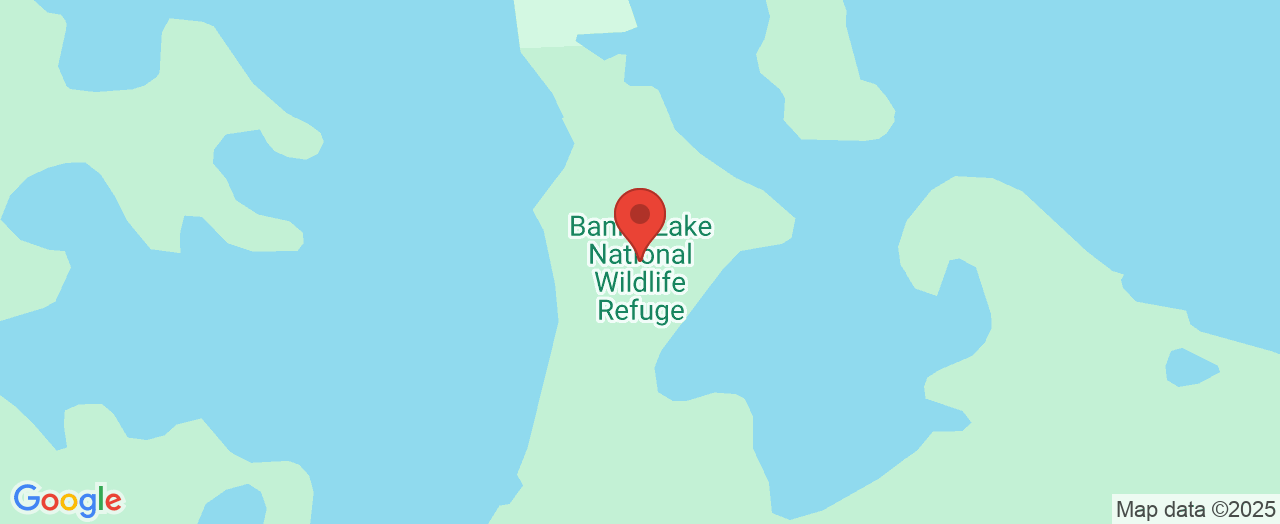
 Add Row
Add Row  Add
Add 





Write A Comment